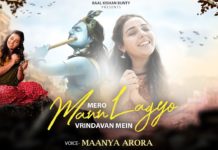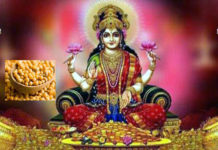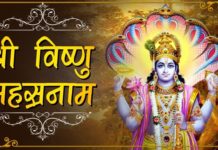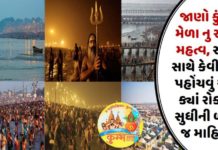Manas Amarnath Ramkatha – Day 3
Watch recorded version of 9 days Moraribapu’s Ramkatha at Manas Amarnath, it was held in 2012 at Himalayas Manas Amarnath.
Kaun hai dard ka grahak Jo bulaya jae
Log sab chal die ab Bazar uthaya jaye
Mai hi doshi nahi sarkar aisa Andhera bola
Roshani ko bhi adalat me bulaya jae
Shish mahalo ne mere haath islie kaate ki un haatho se pathar na uthaya jae
Ped katane ka mujhe koi gum nahi
Par usase koi cross na banaya jaae
Kabhi bhi Haa nahi kehana koi aapse sikhe
Ki apne aap se darna ye bhi koi aapse sikhe
Dikha kar pharna khat ko
Utha kar jodana tukare
Chupa kar phir use padhana koi aapse sikhe. . . . .
The Ramayana is an epic poem which was first written from memory (smriti) by sage Valmiki in the Sanskrit language. Many years later, Goswami Tulsidas, born in the 16th century, wrote the Ramcharitamanas (a dfferent verson of the Ramayana written in Avadhi Hindi), which is the scripture used as a basis by Morari Bapu in his kathas.
To date, he has conducted over 800 kathaas, most of them based on the Ramcharitmanas of Tulsidas and other such works about Rama as well as Gopigeet which has the gopis of Vrindavan singing of the glory of Krishna in Krishna’s separation.
Through Asia, the Ramayana has served not only as poetry, but as the ideal of life and embodiment of principles, as the basis for festivals, plays and rituals, as the foundation for religion, and as an eternal tale of love and duty.
All these sections cover the different periods of Lord Rama’s life, taking us right from his boyhood, through his exile and his life in the forest, to the abduction of Sita, the war which follows in Lanka and finally, what happens after the recovery of his wife. Preceding these seven sections, the story of Lord Shiva has also been narrated in the form of a prologue to Ram’s story.


















